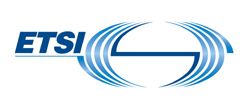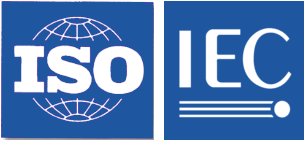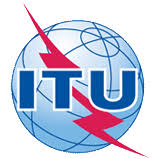ETSI GS MEC 030 V2.1.1 (2020-04)Multi-access Edge Computing (MEC); V2X Information Service API
The document focuses on a MEC Vehicular-to-Everything (V2X) Information Service (VIS), in order to facilitate V2X interoperability in a multi-vendor, multi-network and multi-access environment. It describes the V2X-related information flows, required information and operations. The document also specifies the necessary API with the data model and data format.


